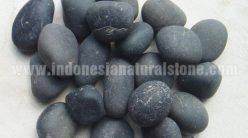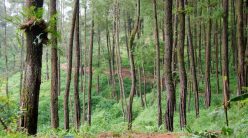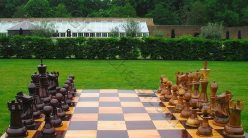Posted by Dan Barringer
natlands.typepad.com
In addition to being a popular magazine article title, book subject, and even perhaps a video game (?!) the title of this entry also describes the reality that surrounds us.
This dryad saddle fungus (Polyporus squamosus) I photographed on a dead tree this spring. Often referred to as shelf fungus, this fruiting body of fungus appears on wounded areas of living trees and on dead snags and stumps.
We have plenty of these bird’s nest fungi, easily seen growing on the mulch in the gardens. There are a few different species. This one is probably Crucibulum levis. The “eggs” are spore cases that help the fungus disperse. We also have right now the streaked bird’s nest (Cyanthus striatus) that has a scalloped rim and grooved inside walls with dark spore cases. These fungi help break down the mulch and add nutrients to the soil.
We also have some of the artillery fungi, those that feed on decaying wood chips (as opposed to bark mulch) and fling their sticky spore cases onto the side of the house, parked cars, etc. (They seem to favor light surfaces.) Though they’re a bit of a pest they clean up pretty easily. Use bark mulches instead of wood chips in garden beds to reduce the problem.
And this last one showed up in the lawn the other day. I’m not going to venture to guess which species this is. Instead I’ll use this opportunity to note that mushroom identification can be very difficult, and that the field guide is as full of poisonous mushrooms as edible ones.





